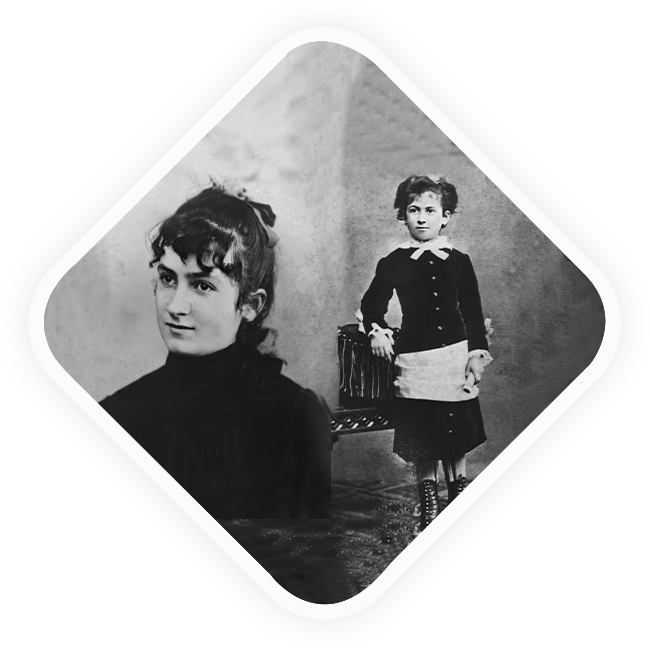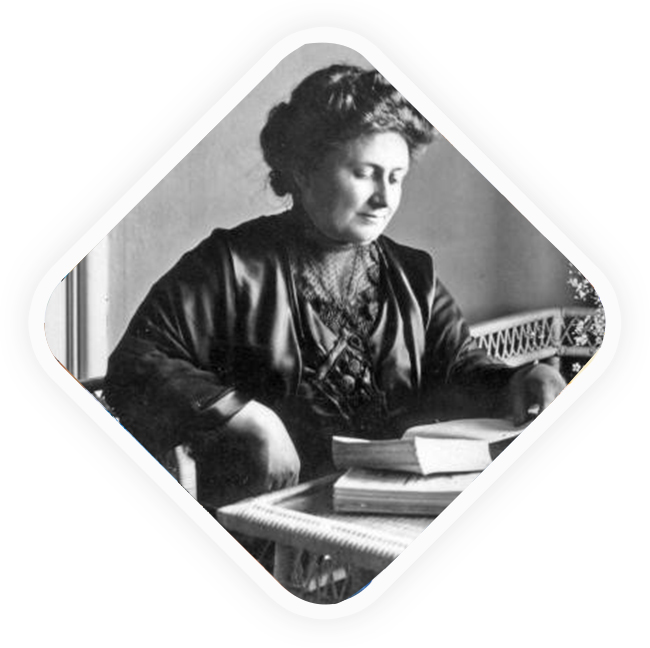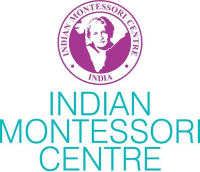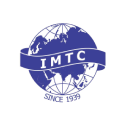BIOGRAPHY
- Home
- Maitri 2023

Birth and early childhood
Maria Montessori was born to Alessandro Montessori and Renilde Stoppani in a town of Chiaraville, in the province of Ancona in Italy in the year 1870. Her father, Alessandro Montessori, was a soldier who later on became a civil servant. Maria’s mother, Renilde Stoppani, was a very well-educated lady. Maria was a brilliant student and also good at games and sports.
Maria - The first lady doctor of Italy.
The University of Rome did not allow her to enroll in the medical course because she was a woman. In 1892, she passed her examinations and received the Diploma de Licenza that made her eligible to study medicine. In the year 1896 Maria presented her thesis to a Board who were highly impressed with her work and granted her the degree of Doctor of Medicine. Thus, Maria became the first woman to graduate from a Medical School in Italy.
Casa dei Bambini - The first Montessori School
The success of her method with the mentally challenged children in Scuola Orthofrencia caused Maria to ask questions of ‘normal’ conventional education and the ways in which children failed in examinations.In her quest to know more about the workings of the human mind,Dr. Maria Montessori returned to the University of Rome to pursue psychology and philosophy.
In 1904, she was appointed a Professor of anthropology at the University. Maria was asked to open a school for children in a slum development project in the district of San Lorenzo in Rome.
A school was established on the 6th of January, 1907. It was named ‘Casa dei Bambini’ meaning Children’s house. Casa dei Bambini began with sixty children whose parents were workers.
Maria developed her system of education through scientific observation of the children’s almost effortless ability to absorb knowledge from their surroundings,

as well as their tireless interest in manipulating materials. Every piece of equipment, every exercise, every method Maria developed was based on what she observed children were doing “naturally” by themselves, unassisted by adults.Children teach themselves – this simple but profound truth inspired Maria Montessori’s lifelong pursuit of educational methodology, Child Psychology, Teacher’s training – all based on her dedication to furthering the self-creating process of the child.

The first Montessori teacher's training course
Based on her observations and research in Scuola Ortrofrencia and Casa dei Bambini, Maria Montessori was able to put together a new method of teaching. In the year 1909, Dr. Montessori conducted her first Montessori Course to teachers from around the world. She published the ‘Scientific Pedagogy as Applied to Child Education’ for Children’s houses, which in the later years became “The Montessori Method” Building on the ideas of French educators Dr.Jean Itard and Dr.Edouard Seguin, Dr. Montessori proposed stimulation of the child’s mind through constructive activities that generated their self-esteem.
Maria Montessori in the United States of America.
In the year 1913, on the invitation of Margaret Wilson, daughter of then President of USA, Maria Montessori visited the USA. In fact, it was in the same year that Alexander Graham Bell and his wife Mabel had set up the Montessori Educational Association at their home in Washington DC. Thomas Alva Edison and Helen Keller were also strong advocates of Maria and her methods of education. Noted novelist and philosopher, Ayn Rand considered Montessori’s methods a more individualistic and reason-based alternative to what she saw as the shortcomings of progressive education.
On her second visit to the US, in 1915, Maria Montessori was invited to set up a classroom at the Panama-Pacific Exposition in San Francisco, where spectators watched through a glass wall, twenty-one children all new to Montessori method. The Exposition went on for four months. The only two gold medals awarded for education went to this class. This experiment drew world-wide attention and thus, field of education was never the same again.Maria conducted a teacher training course in the USA . She also addressed the annual conventions of both the National Education Association and the International Kindergarten Union in the same visit.
Maria Montessori in Europe.
Acting upon the Spanish government invite, Maria to set up a research institute in 1917. She also conducted a series of teacher-training courses in London in the year 1919.
In 1922, Benito Mussolini took over the government of Italy. Mussolini being a politician wanted Maria to follow his ideals. So, initially he encouraged and fully supported the Montessori movement in Italy. The government of Italy funded the Montessori schools and also helped Maria establish a training centre for teachers.
However, Mussolini was nurturing colonial ambitions. To achieve this he set up a Fascist youth organization and insisted that all children, including the children from the Montessori schools, should enroll into this organization. Maria disagreed on this and did not comply with his wishes. Mussolini immediately ordered the closure of all Montessori schools, and Maria was exiled from Italy.
She moved to Spain and lived there until 1936. A civil war broke out in Spain. General Franco another fascist took over the government of Spain. She was rescued by a British cruiser and she came to the Netherlands. Maria opted to stay in the Netherlands for some time. In 1938, she opened the Montessori Training Center in Laren. She continued with her work in the country till 1939.


Maria Montessori travels to India
In 1939, Rukmini Devi, a noted Bharat Natyam dancer, founder of Kalakshetra – a world famous centre for fine arts, and her husband, George Sidney Arundale, President of Theosophical Society of India, invited 69-year-old Maria, which she readily accepted and reached India. Although the journey from Holland in those days was very tedious, she was full of energy and keen to start work in India.
Dr. Montessori became a good friend of the couple and made Adyar, Chennai, her home and lived there along with her son, Mario. The outbreak of the World War II made Maria extend her stay in India. In 1940, when India entered the war, she and her son were interned as enemy aliens, but Maria was allowed to conduct her training courses. She stayed in India after the war till 1946 and returned to Europe for a brief period.
In 1947, she founded the Montessori Center in London and returned to India for a second time the same year. Between 1939 and 1949, Maria Montessori conducted sixteen Indian Montessori Training Courses, with the help of her son Mario. This laid a very sound foundation for the Montessori movement in India. She then travelled to Pakistan in 1949 and returned to Europe.
The last days of Maria Montessori
Maria was nominated for the Nobel Peace for three consecutive years, 1949, 1950, 1951. But regrettably the Nobel Prize eluded her on all three occasions.
In 1951, once Maria Montessori went to Holland from India, she made the coastal town of Noordwijk aan Zee her home. The last few days of Montessori’s life were characterized by the same activity and zeal she had shown throughout her career. Her long and self-sacrificing labour on behalf of the child came to a sudden end on the 6th of May, 1952. Maria was 82 years when she passed away. By then the whole world was admiring her work. “ I point my finger at the child. But why are you admiring my finger?” – were almost her last words.
‘‘Education is a natural process carried out by the human individual and is acquired not by listening to words, but by experiences in the environment. – Dr. Maria Montessori”





